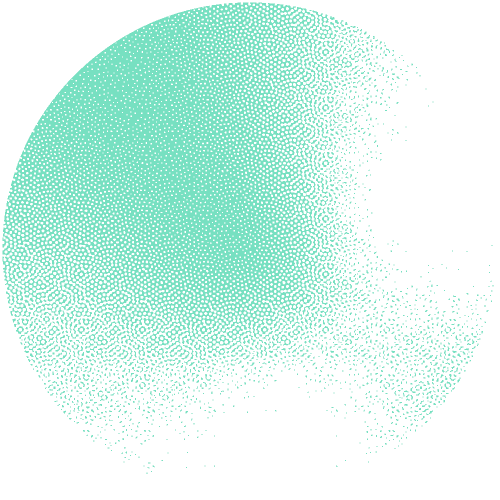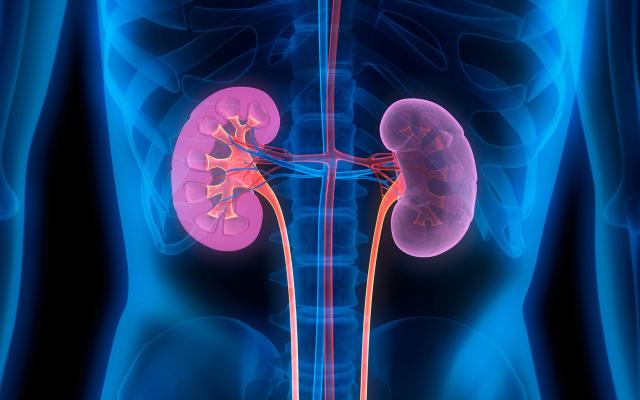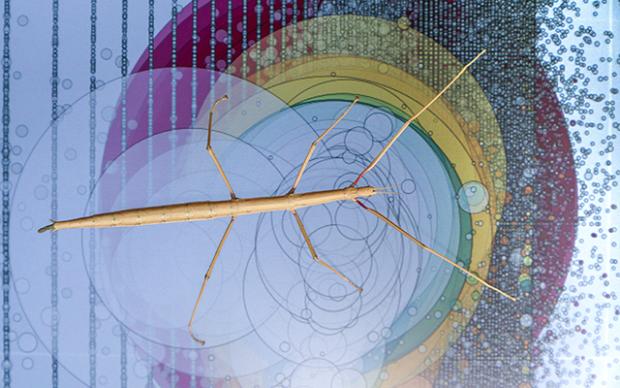The processes in the kidney which lead to the production of urine follow a rhythm driven by molecular mechanisms called the “circadian clock”. In a recent study published in the Journal of Clinical Investigation, researchers at the University of Lausanne and at SIB set out to investigate in mice how this circadian clock controls metabolism in the kidney. After analysing multi-omics data, they revealed that a portion of genes, proteins and metabolites found in mouse kidney and plasma are indeed expressed in varying patterns throughout the day. The data has been made freely available on a website.
Urine production and the body clock
Urine is produced in the kidneys by filtering blood in many small structures within the organ called tubules. This process requires a significant amount of energy which is provided by metabolism. As urine production is known to follow a circadian rhythm, renal metabolism is likely to also be rhythmic. The circadian rhythm is mediated by molecular machinery within the cells of the kidney’s tubules in what is known as the “circadian clock”.
Evidence of the rhythmicity of kidney metabolism
The production of urine is known to be an energy-intensive process that follows the rhythm of the circadian clock (see box). In this study, led by Dmitri Firsov with Yohan Bignon from UNIL, together with Leonore Wigger from SIB’s Vital-IT Group, the researchers aimed to find out how the renal metabolism is driven by the circadian clock on a molecular level.
Samples of kidney from mice genetically engineered to lack the circadian clock in the tubules of this organ as well as their plasma were collected. The expression of genes, proteins and metabolites was then measured and compared to those in normal mice. It was found that 20-30% of all genes, proteins and metabolites are expressed rhythmically in the kidney. Moreover, the renal circadian clock affects the rhythmic pattern and the abundance of a high proportion of the molecules analyzed in this study. As a result, key molecular pathways providing energy to the kidney are strongly affected by the absence of the renal circadian clock.
Making the results of multi-omics data analysis openly available and browsable
A multi-omics approach was required to analyze the molecular data generated from the kidney samples. The resulting patterns of expression are available for all to view on a dedicated website, developed by Lou Götz at Vital-IT. Leonore Wigger, Senior Computational Biologist at SIB, says, “This challenging project has led to novel insights on the circadian clock in the mouse kidney, which has not been studied at this scale before. We are proud to have contributed to this study and hope that the resource we created will lead to further discoveries in the future. Making these data widely available for reuse stays true to SIB’s commitment to promote open research data.”
Reference(s)
Bignon Y. et al. Multiomics reveals multilevel control of renal and systemic metabolism by the renal tubular circadian clock. The Journal of Clinical Investigation.











